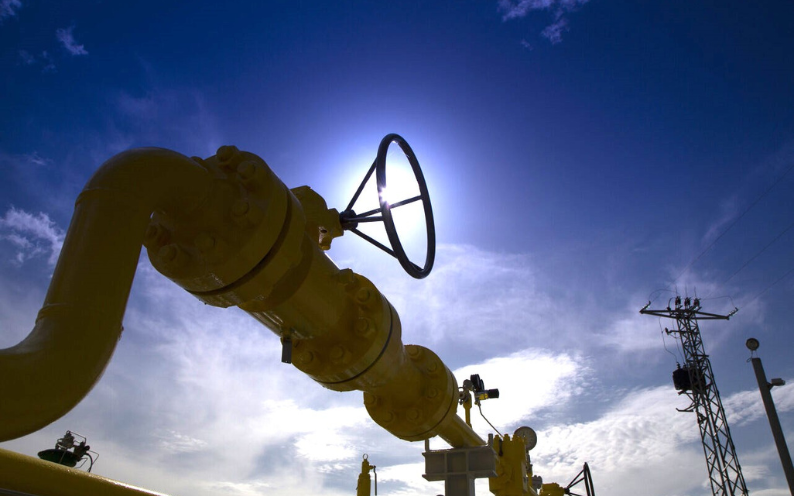Although the end of autumn is still weeks away, the cold weather has arrived in Europe and it is worth asking ourselves what kind of energy situation we are in and how calmly we Europeans are facing this second winter of war in Ukraine.
On 1 November, the so-called gas winter began, which is the season in which more gas is extracted from underground storage than is injected, and lasts until 31 March. It is precisely storage that is the main key that allows the European Commission, in its recently published State of the Energy Union 2023 to state categorically that “for winter 2023-2024, the EU is better prepared to ensure its energy security”. This report cites coordinated efforts to fill storage as an action representative of the new EU paradigm: security of supply as a priority and enhanced European cooperation as the best strategy to overcome the energy crisis.
If we are going to approach this winter more comfortably than the previous one, it is because Europe has, for the first time, set itself the joint goal of reaching this November with 90% full storage. And Europe has done its homework in recent months, like the ant in the fable: it has already filled it to more than 99%. When the war broke out, storage was at 29%.
Not only was Spain the first European country to reach the target six months ahead of schedule, this summer it also achieved an all-time record: having its storage facilities completely full, 100%, in August. This is a milestone that shows our country’s extraordinary capacity for anticipation and one that we must value.
As well as the fact that at the end of the third quarter of the year almost half – 46% to be precise – of the LNG stored in Europe was in the tanks of Spanish terminals. Or that in the first nine months of 2023 our country increased its gas exports by 32%. These data are truly illustrative of Spain’s relevance in European security of supply.
Energy security, little discussed until it became the talk of the town in 2022, is no longer so much a concern as it is a preoccupation. The European Commission highlighted it at the recent summit in Granada as one of the EU’s main areas of action and, in addition to its message of calm in the face of this winter, it calls on the EU not to become complacent or lower its guard.
In any case, and as has happened on several occasions in recent decades, the European Union has once again been built on crises. In this case, it is only fair to recognise the effectiveness of Europe’s response to the Russian offensive, the REPowerEU plan, and to welcome the anticipation and better coordination between member states and institutions that is taking place on energy issues. Proof of this new climate is the common position agreed by the Council for the future reform of the European electricity market, and the joint promotion of a key project such as the H2Med hydrogen corridor, which Enagás and our peers presented a few weeks ago in Berlin, backed by the governments of Portugal, Spain, France and Germany and by the European Commission.
Europe has great challenges ahead and certainly much room for improvement, but we must also recognise its achievements, despite the risks and obstacles that remain on the horizon. The guarantee of energy security for European citizens and industry is in safe hands, and this gas winter has begun with full storage facilities and an increasingly clear course.
